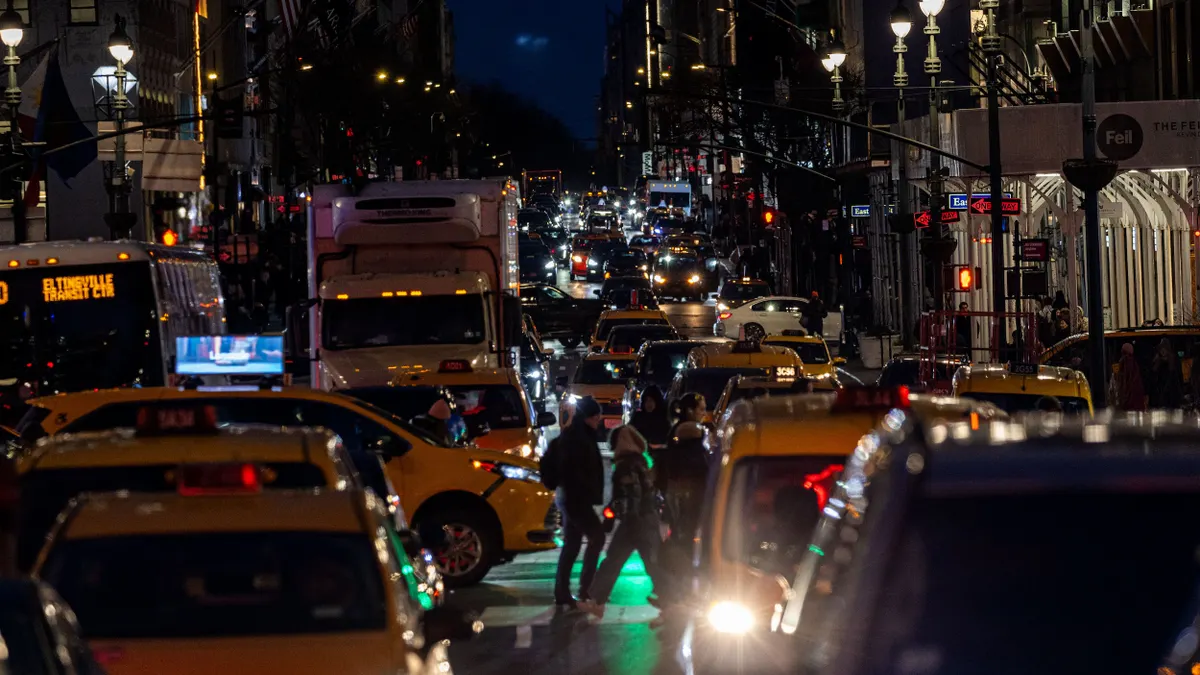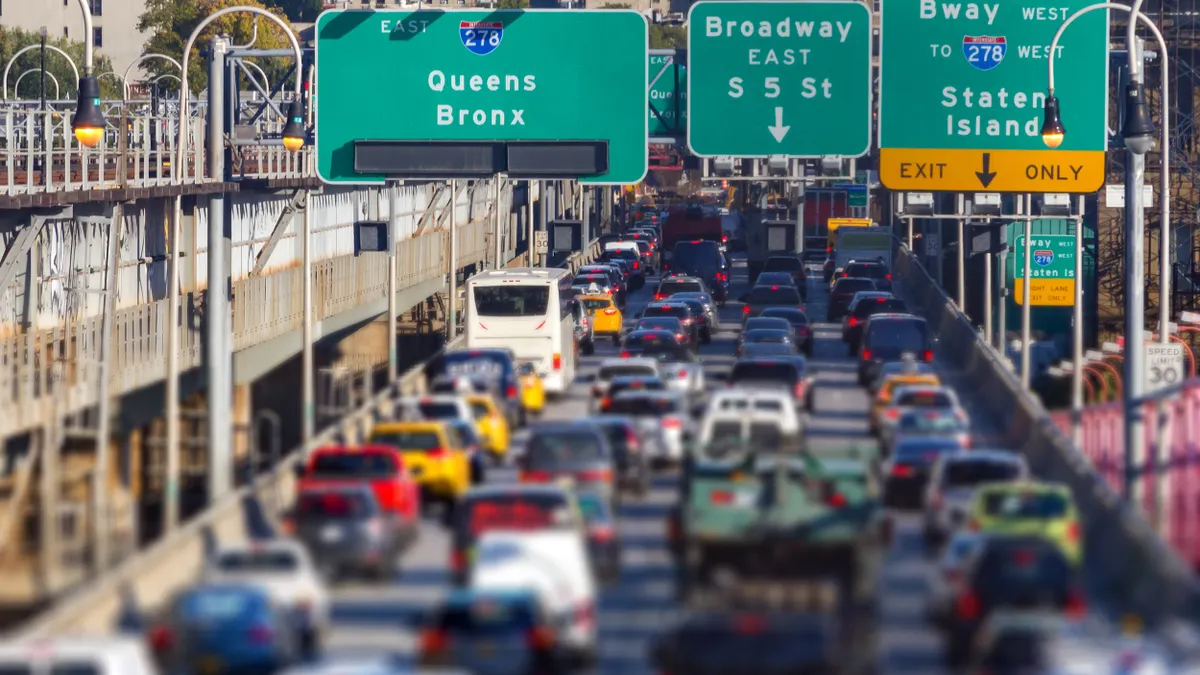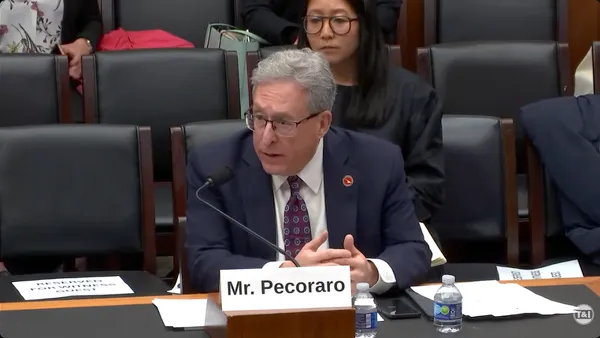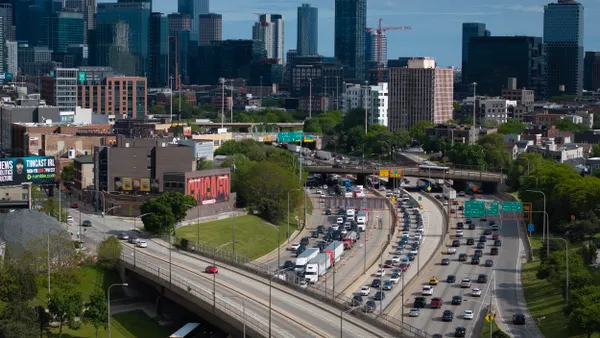Ralf-Peter Schäfer is vice president of product management for traffic at TomTom, a location technology company. He has studied traffic, congestion and its impact on transit for decades.
Five months into New York City’s congestion pricing, the data shows that the policy is working. However, its future is uncertain, as Transportation Secretary Sean Duffy has ordered a halt to the program. If this occurs, New York risks reversing the progress already made in reducing congestion and improving mobility.

TomTom data shows a significant shift in traffic patterns, with congestion levels dropping considerably across the city. Overall congestion stood at 19.6% at the end of April, down from 25.8% in 2024. Travel time per 6 miles has also improved, dropping by around 35 seconds — reducing delays for drivers across the board.
This shift is especially notable considering that, in 2024, New York City held the unfortunate title of the most congested city in the U.S., with drivers wasting an average of 117 hours per year in traffic. This traffic has long impacted both quality of life and economic productivity, but congestion pricing offers a promising way to turn the tide.
New York’s early success reinforces what transportation experts have long known: congestion pricing is one of the most powerful tools to reduce traffic, improve urban mobility and enhance air quality. Cities like London, Stockholm and Singapore have already demonstrated how pricing mechanisms can lead to lasting reductions in congestion and pollution while promoting greater use of public transportation.
Despite these early positive signs, the order from Duffy has raised questions about the future of congestion pricing—not just in New York, but nationwide. Policymakers now face a critical choice: continue a strategy that’s showing early signs of working or risk undoing the hard-won progress in easing congestion and improving travel reliability. Rolling back this policy could lead to a return of crushing gridlock, travel unreliability and lost economic productivity.
"New York’s early success could set the stage for a nationwide shift in urban mobility."

Ralf-Peter Schäfer
Vice president of product management for traffic at TomTom.
Congestion pricing isn’t just about transportation—it also plays a crucial economic role. Faster, more predictable travel means businesses see fewer delays, deliveries stay on schedule and workers spend less time stuck in traffic. Studies from other cities with congestion pricing have shown that reducing traffic bottlenecks leads to more dynamic and accessible commercial districts, ultimately benefiting local businesses and economies.
While congestion pricing is a powerful tool, it's not a standalone fix. A truly sustainable urban mobility strategy requires a mix of solutions: stronger public transportation, improved traffic management systems and smarter infrastructure investments. By integrating these strategies alongside congestion pricing, cities can create more adaptable, livable and efficient urban environments.
New York’s early success could set the stage for a nationwide shift in urban mobility. City planners and policymakers across America stand to gain valuable insights from this real-world application of congestion pricing—understanding how pricing reshapes travel behavior, how to design equitable solutions for lower-income drivers and how best to disperse congestion pricing funds into public transportation and infrastructure improvements. These insights are critical as other metropolitan areas grapple with rising congestion and seek innovative ways to enhance mobility without expanding road networks. As urban populations grow, implementing data-driven strategies like congestion pricing will be essential in creating more efficient, sustainable and economically viable cities nationwide.
As discussions around its future continue, it is essential to remain focused on the long-term benefits congestion pricing brings—not just for transportation and the environment, but also for businesses, commuters and the broader economy. The data is clear: congestion pricing can work, and maintaining it can help bring about a more efficient and prosperous New York City.










